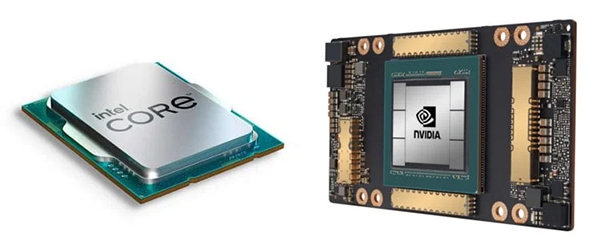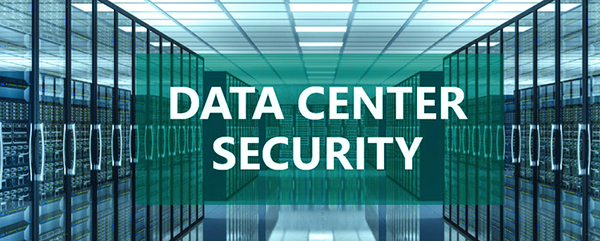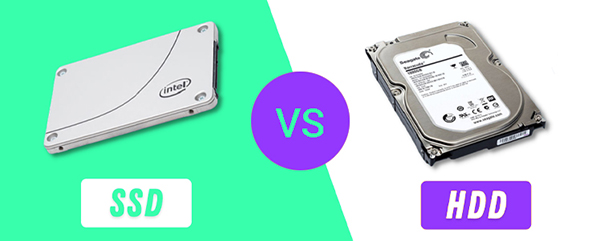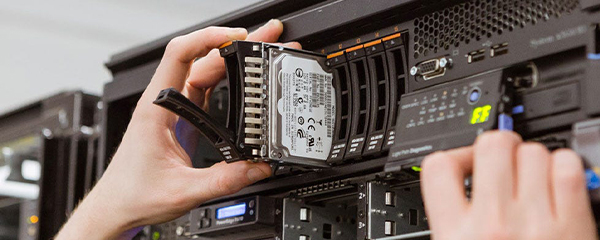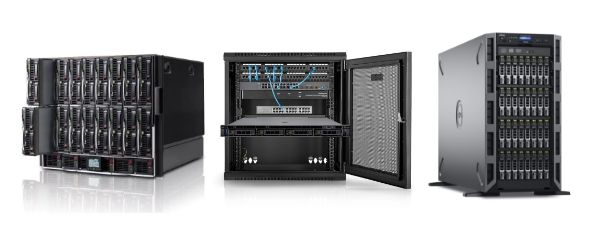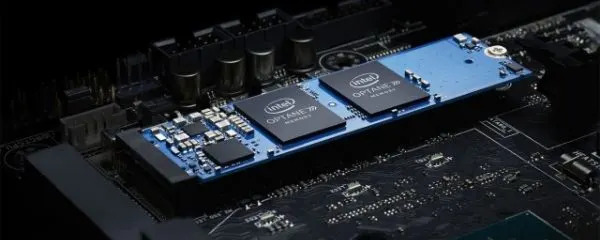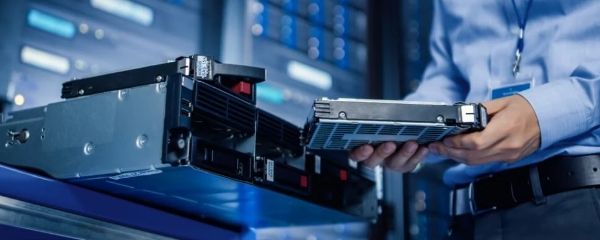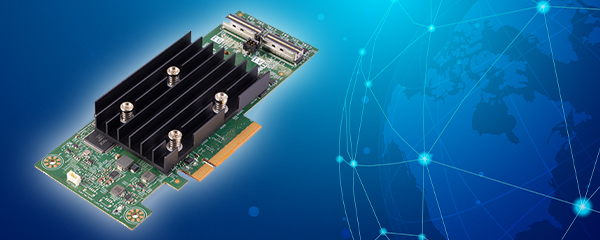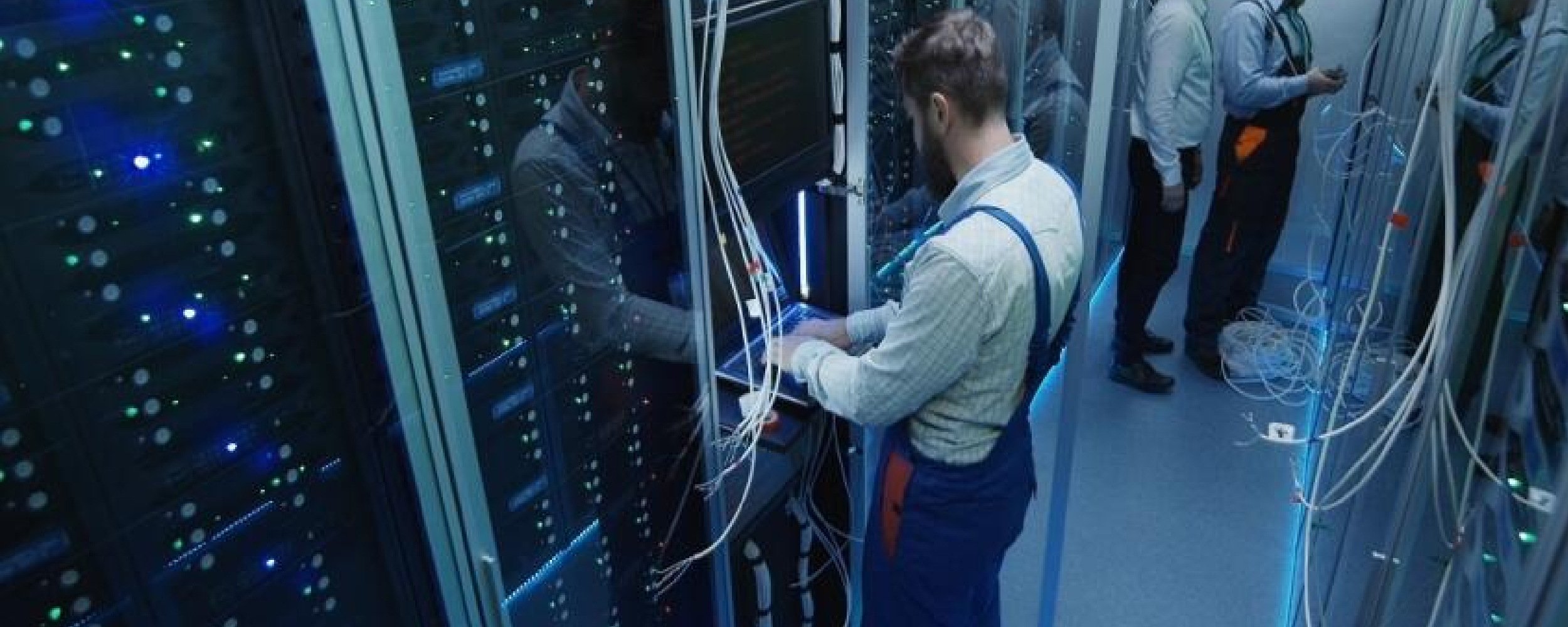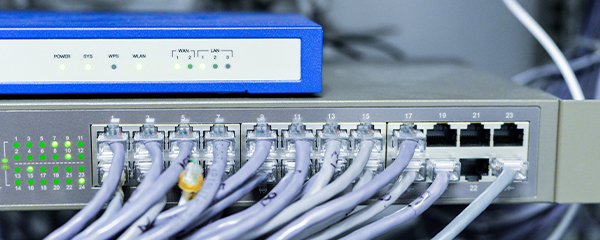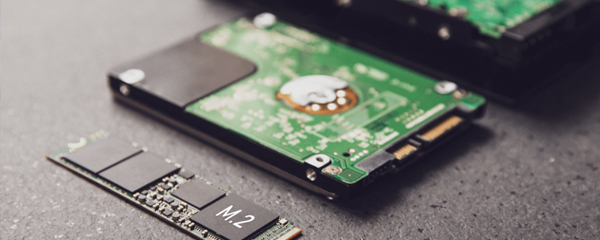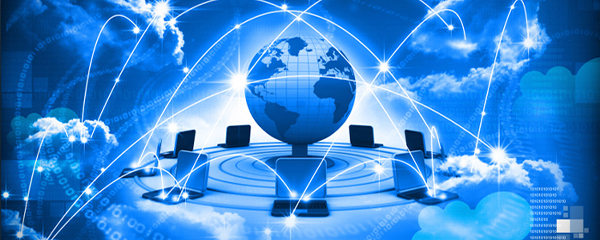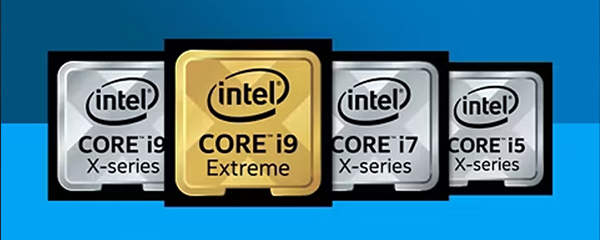On-Premise vs Cloud - we discuss the advantages of on-premise infrastructure over cloud solutions
With increasing discussions about migrating IT infrastructure to the cloud, there is a need to understand that the On-Premise approach is still a sensible solution for many companies. The decision to completely decouple from hardware investment must be carefully considered, taking into account both financial and operational aspects.


On-Premise - what does it mean? A few words about the basics
When we talk about On-Promise (in Polish we'll call it local infrastructure), we mean the situation when a company relies on its own technological system. As the name implies - servers and network equipment are in such a case located either at the company's headquarters or in a rented data center. This means that the company has the ability to ensure data security and comply with legal and contractual regulations. In addition, the company has the flexibility to manage its resources, allowing it to customize its infrastructure without having to depend on an external provider.
The meaning of On-Premise in modern infrastructure management - IT system flexibility and performance
The aforementioned flexibility is also key to responding quickly to changes in system load or seasonal spikes in usage. The test environment can be better utilized, and different scenarios can be tested without restrictions. This is especially important if the IT On-Premise solution provider offers the ability to swap components and platforms quickly, as is the case with Hardware Direct.
In this aspect, it is also worth noting the improved performance and the minimization of risks associated with moving data stored on server hard drives.
Financial benefits of using local infrastructure, or what else will the company gain by choosing On-Premise?
The financial attractiveness of such a model is also an important advantage. Having an On-Premise IT infrastructure eliminates the need to pay monthly subscriptions, additional fees for resource overruns or data transfer costs. In addition, the longer useful life of equipment (such as rack and tower servers, disk arrays or switches and routers) and the minimization of integration costs with existing systems speak in favor of this solution.
In summary, choosing IT infrastructure On-Premise, rather than Cloud, can be an attractive option for companies that value control, flexibility and cost optimization.
Despite the development of cloud technologies, the On-Premise approach still remains a relevant solution in the IT market, offering many benefits and customizability to individual business needs.
On-Premise vs Cloud - comparing the costs of on-premise infrastructure vs cloud solutions
Let's now analyze a specific example.
Renting a 14-generation Dell Power Edge virtualization server for 36 months with parameters: 32 vCore, 64GB RAM, network connections up to 10GbE, storage at the level of 2TB of usable space, Windows Server, is an estimated cost of PLN 252.78 net/month.
Monthly power consumption with the device equipped with a 750W power supply is assumed at PLN 376.91 net/month.
The total monthly cost of such a solution is PLN 629.69 net/month which gives a cost over 36 months of PLN 22,668.84 net.






For a similar solution in the public cloud, we can opt for the AWS service: rental for 36 months with 32 vCore, 10Gb network speed, 64GB RAM, 2TB storage, Windows Server, in the amount of 2015.12 USD net per month.
Assuming the average exchange rate of the U.S. dollar in the first half of July 2024 at 4.00 PLN, the use of AWS cloud with the above assumptions will cost 8,060.48 PLN net / month, which gives a cost of 290,177.28 PLN on a 36-month basis.
After taking these figures into account, the choice of On-Premise rental solution appears to be more cost-effective in the long term.
What should be kept in mind for real savings? Resource optimization and the hybrid model
To make cloud computing profitable, continuous optimization of resource consumption is required, which can be achieved, for example, by reducing demand on weekends and increasing it on weekdays.
However, this requires maintaining comparable human resources, like operating On-Premise machines while it is the company's own hardware that provides higher performance, full security.
If you need to add resources in the short term, you can do so by supplementing the core infrastructure of the enterprise based on On-Premise solutions by adding cloud resources, as they easily integrate with On-Premise servers and enable ideal cost optimization.
A hybrid of this type - especially triggered temporarily at times of load peaks or data demand, on the one hand, allows scalability the same as pure-cloud solutions. On the other hand, it minimizes all the risks posed by cloud infrastructure, e.g. the failure of Microsoft's servers and the resulting hours-long service blockade experienced by businesses around the world on July 19, 2024.
Hardware Direct - the expert in On-Premise solutions you can trust!
Dlatego – nosząc się z zamiarem – rozwoju lub zbudowania – infrastruktury IT – warto postawić na model On-Premise. Dokonując takiego wyboru, należy jednak postawić na budowę tego rozwiązania przez doświadczonego operatora takiego, jakim jest hurtownia sprzętu sieciowego Hardware Direct.
15-lat doświadczenia, zaplecze w postaci profesjonalnego LABu i pracujących w nim inżynierów, a przy tym jedna z najnowocześniejszych infrastruktur w tej części Europy, to atuty, które gwarantują stworzenie skutecznej i dopasowanej architektury IT. I to w atrakcyjnych cenach czy modelach finansowania.
Warto zaznaczyć przy tym, że oprócz dogodnych warunków najmu sprzętu, Hardware Direct oferuje również klientom alternatywę w postaci finansowania poprzez leasing.
Dzięki tej opcji klienci mogą korzystać z potrzebnego im sprzętu, płacąc raty zamiast jednorazowej opłaty, co może być korzystne dla osób, które chcą rozłożyć koszty na dłuższy okres czasu. Leasing umożliwia również łatwiejszą wymianę sprzętu na nowszy model bez konieczności ponoszenia dużych wydatków na jego zakup.
Therefore - bearing in mind the intention - to develop or build - IT infrastructure - it is worth betting on the On-Premise model. When making such a choice, however, you should bet on the construction of this solution by an experienced operator such as network equipment wholesaler Hardware Direct.
With 15 years of experience, facilities in the form of a professional LAB and engineers working there, and one of the most modern infrastructures in this part of Europe, these are assets that guarantee the creation of an effective and tailored IT architecture. And this at attractive prices or financing models.
It is worth noting at the same time that in addition to convenient equipment lease terms, Hardware Direct also offers customers the alternative of financing through leasing.
With this option, customers can use the equipment they need by paying installments instead of a one-time payment, which can be beneficial for those who want to spread the cost over a longer period of time. Leasing also makes it easier to replace equipment with a newer model without having to spend a lot of money on it.
A word at the end - security and independence, two of the biggest assets of On-Premise infrastructure
At Hardware Direct, we work with all kinds of customers on a daily basis. We have many examples of companies that succumbed to the illusion of the cloud and got out of their own infrastructure entirely. They are now returning to it with urgency, because the overall cost, inflexibility and performance problems have proved insurmountable. There is also a sizable group of customers who tested hybrid solutions - combining their own infrastructure with the cloud, who ended up with a minimum Cloud, maximum On-Premise model.
Finally, we should also mention dispersion. Until now, it is used to use the argument that when Microsoft or the AWS service from Amazon goes down, the whole world will stop, and then it doesn't matter if your services go down too. After all, the whole world will stop anyway. Life showed, with the Crowdstrike failure, that the opposite was true. Operators who had physical access to servers were able to respond immediately, while companies relying entirely on external resources suffered significant losses. Future global failures are not out of the question, in fact, one could say they are inevitable. The question of whether to base your entire business on external resources is left open.








